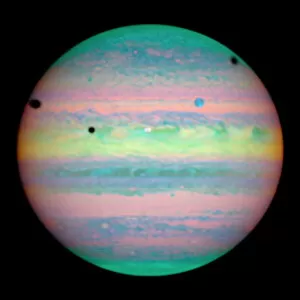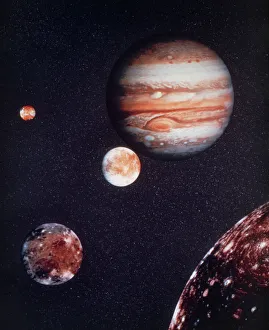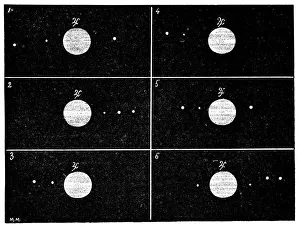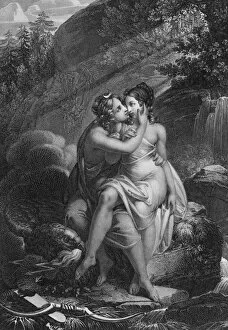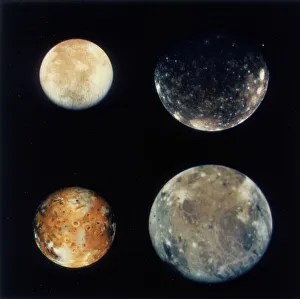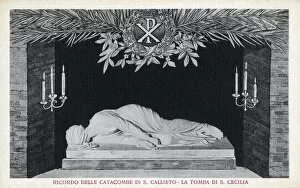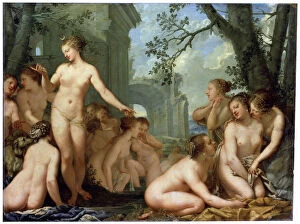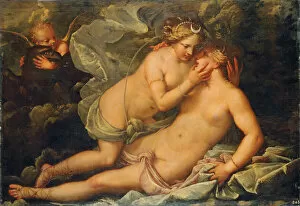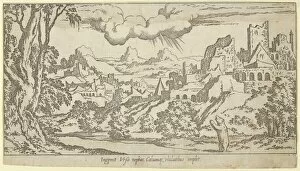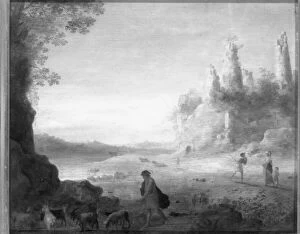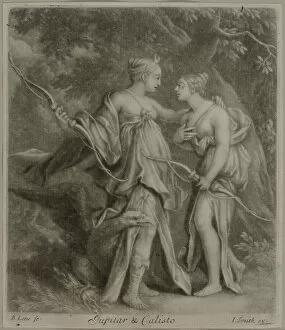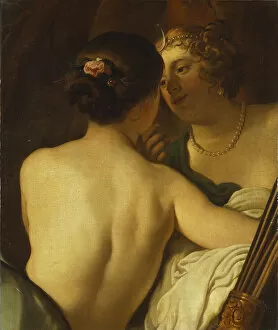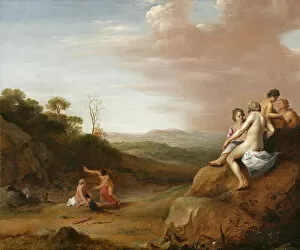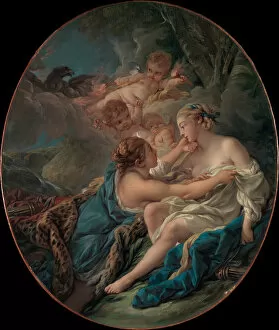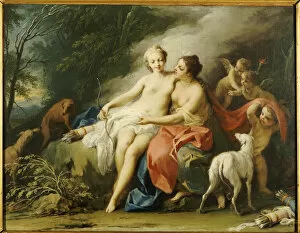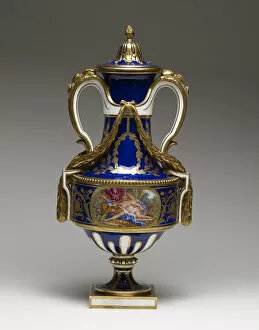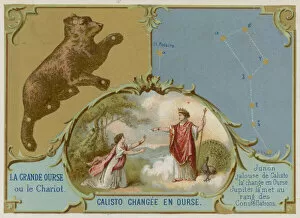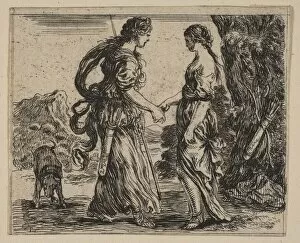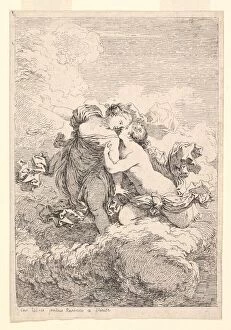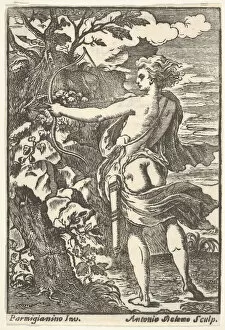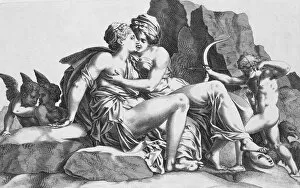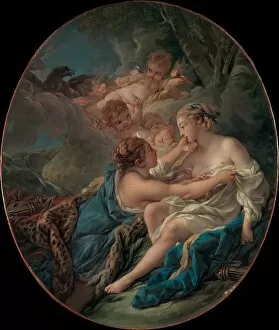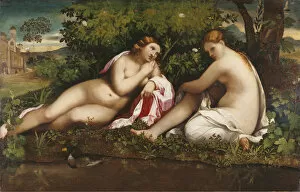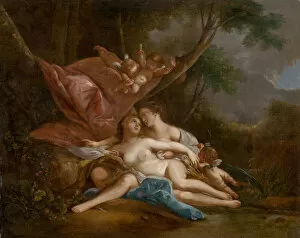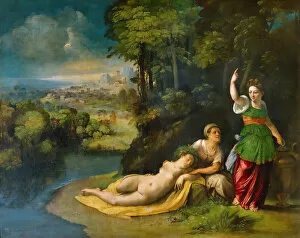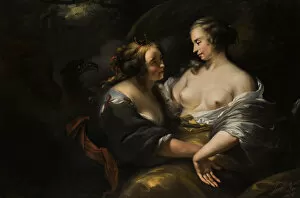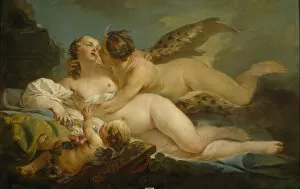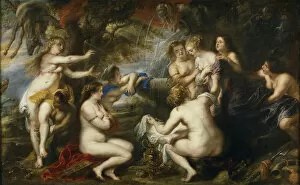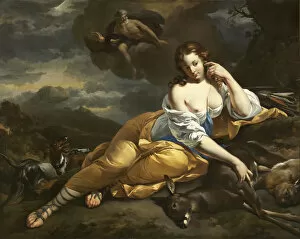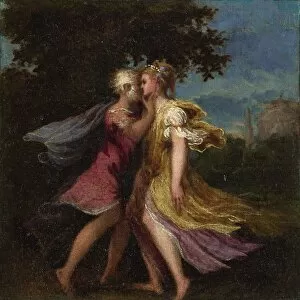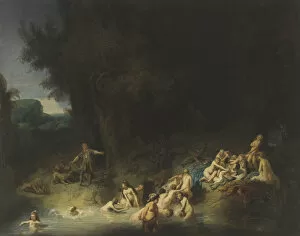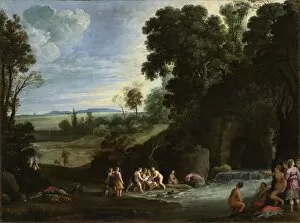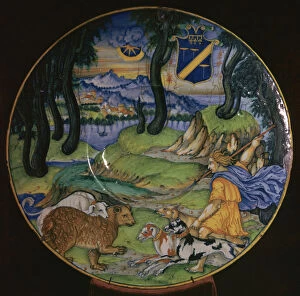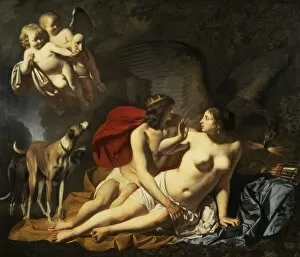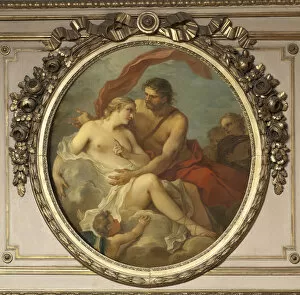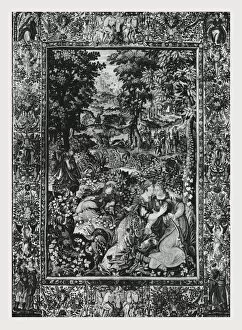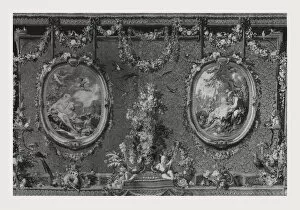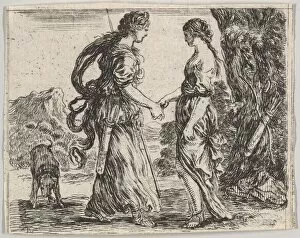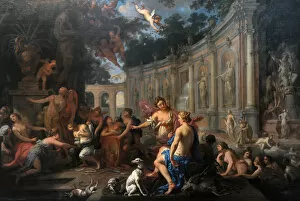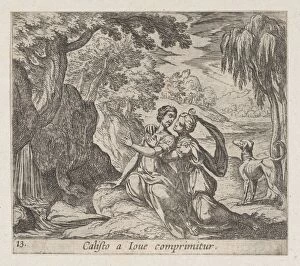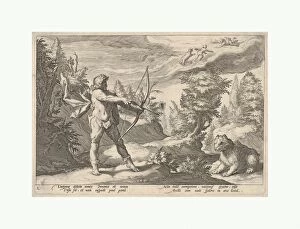Callisto Collection
"Callisto: A Celestial Beauty Among Jupiter's Moons" In the vast expanse of space, Jupiter stands as a majestic giant
All Professionally Made to Order for Quick Shipping
"Callisto: A Celestial Beauty Among Jupiter's Moons" In the vast expanse of space, Jupiter stands as a majestic giant, adorned with its entourage of moons and their captivating shadows. The Voyager mosaic from R370/0003 reveals a mesmerizing composite image of this gas giant and its four Galilean moons. Io, Europa, Ganymede, and Callisto dance in perfect harmony around their celestial master. Dating back to 1610, Galileo's observations unveiled the wonders of these Jovian moons. Among them was Callisto - a moon that holds tales both ancient and artistic. In Greek mythology, she was known as Artemis' companion; together they roamed the heavens like ethereal sisters. The year 1979 marked another milestone in our understanding of Jupiter's family as we discovered ice spires on Callisto's surface – a testament to its icy beauty amidst the cosmic void. But beyond mythological tales lies an intriguing connection between Callisto and Saint Catherine of Alexandria. Just like this saint who held wisdom beyond her years, Callisto too found herself immortalized among the stars by none other than mighty Jupiter himself. As part of Ursa Major or the Great Bear constellation, she shines brightly alongside her polar bear companion. Artists throughout history have sought to capture the essence of this enigmatic moon. Johann Spillenberger's masterpiece "Diana and Callisto" transports us back to 1676 when he depicted Jupiter disguised as Diana embracing his beloved nymph under an oil canvas sky. As we gaze upon these images and stories intertwined with scientific discoveries, we are reminded that within our universe lie countless mysteries waiting to be unraveled. And amidst it all stands Callisto – a celestial beauty forever etched into our collective consciousness as one of Jupiter’s cherished companions.

